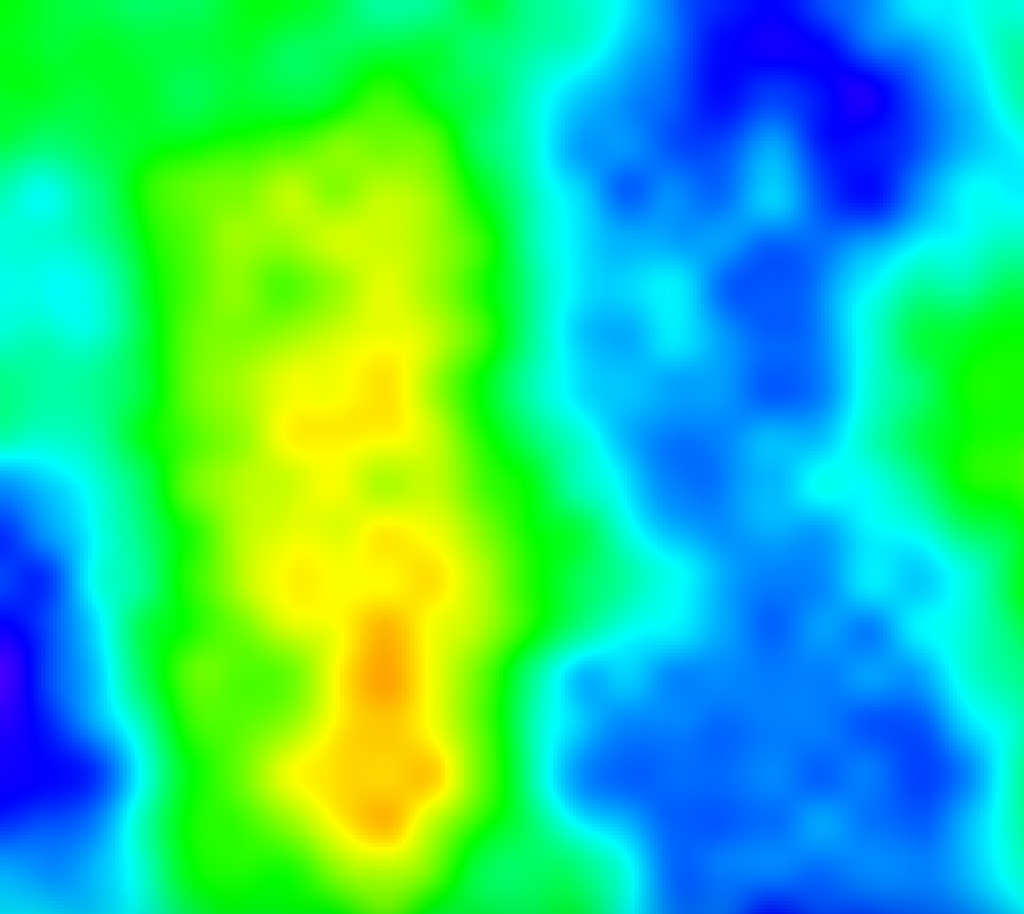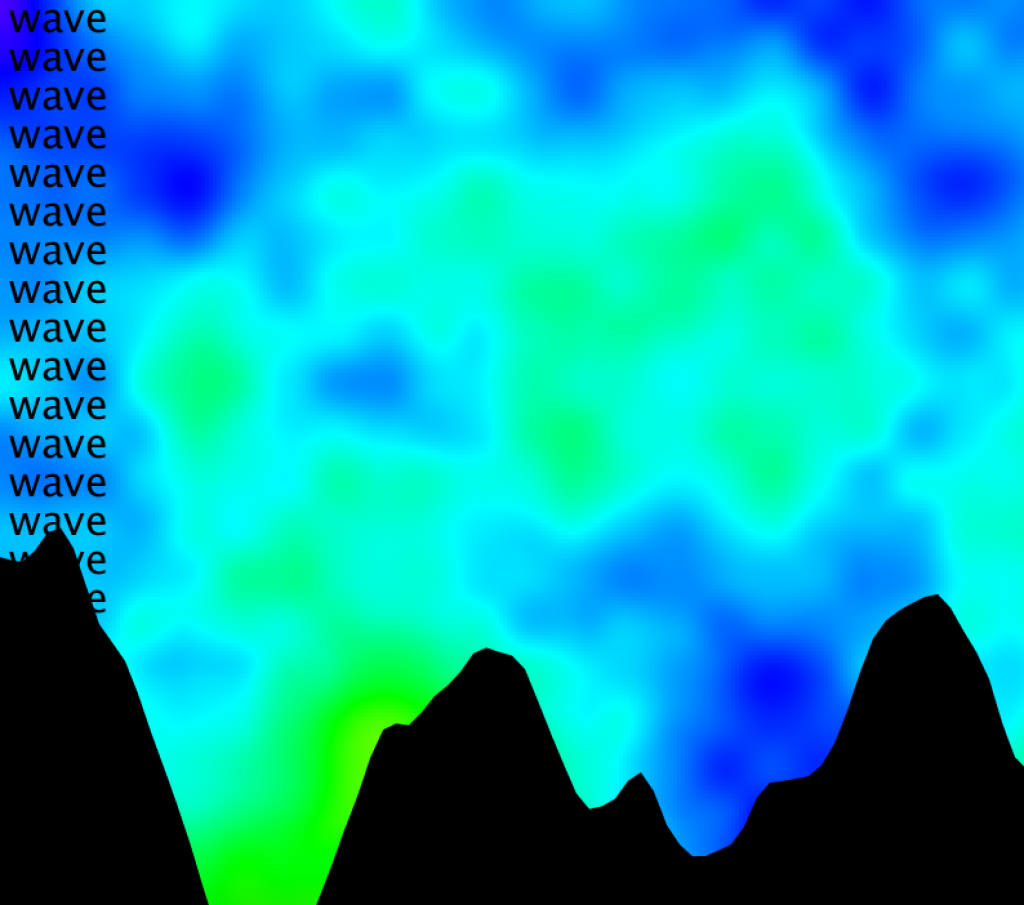My inspiration for this system came from what we’ve explored in class with noise. I enjoy the random, unexpected effects and interactions that can occur with with noise. I wanted to modify my code to emphasize the movement and changes of Perlin noise. In the class discussion of my initial check-in, people found the smooth movement and color patterns interesting, so I aimed to keep this part of my code intact.

Perlin noise originated from Ken Perlin’s interest in a computer producing images that are less machine-like. I am fascinated by the way texture and movement can be created by code. Jack Burnham’s System Esthetics also speaks to building systems through layers. For Burnham, a system is “a complex of components in interaction” that has material, energy, and information in various degrees of organization. I believe that my system is related to this approach because it is layered with components that are in some ways organized, in some ways random, and depicts an energy. It has a smooth flow and waves of energy.
Two of the relationships I created is between the text and lower wave, which both appear when the mouse is pressed and the wave becomes black to match the text. Also, the colors of the background Perlin Noise and lower wave are related and change smoothly in HSB color mode. Finally the speed of change of the shapes/patterns of the background noise and lower wave correspond.

The autonomous aspects of the code are the amount of noise of the background and noise of the lower wave. They produce shapes/patterns individual to their own codes. This way there are two levels of movement and produce an effect of looking at movement from the horizon while also seeing movement from a bird’s eye view.
At first I was most interested in the color and wanted to create more color patterns. Along the way I realized that sometimes color can be emphasized by a lack of color, which is why I added the function of changing the lower wave to black. And through the black text you can see the color patterns in another way, which I believe focuses your eye on the smaller details of the Perlin Noise, sometimes between letters or through the line of words. I also decided that though the pattern is interesting to look at on its own, user interaction might add engagement.

I found that adding the lower wave to the background noise worked as I expected. It changed the perspective for me so that watching the noise wasn’t only a relaxing experience, there is now a curiosity to when the lower wave will reveal more of the background and what will be there when it lowers. I find interesting the fact that sometimes the colors of the two features merge and the lower wave blends with the background and the flow of the two can be seen as related.

I think that in terms of my learning process with coding, this system shows growth and I’m pleased with my work. In the future, I would like to add another layer of noise, perhaps at a different speed. I would need to work on transparency so that the different waves and noise groups would be visible simultaneously.
